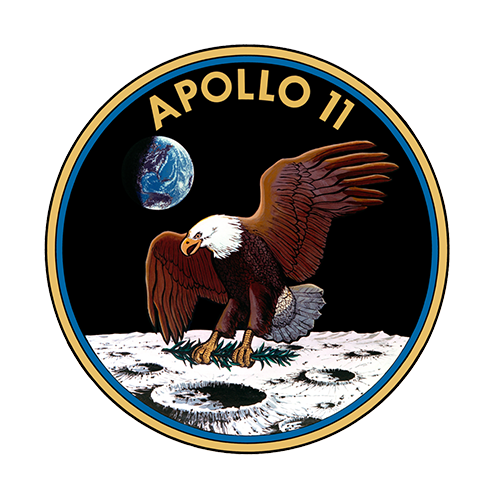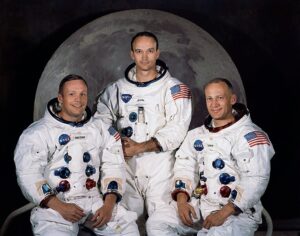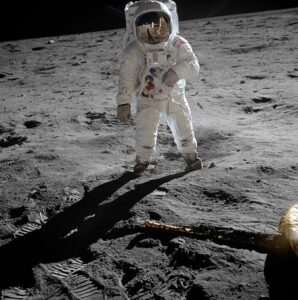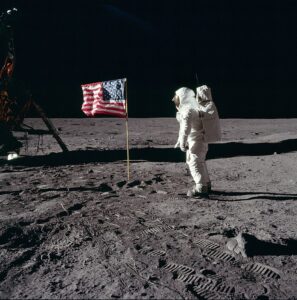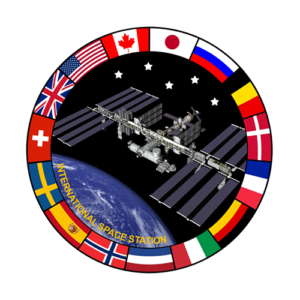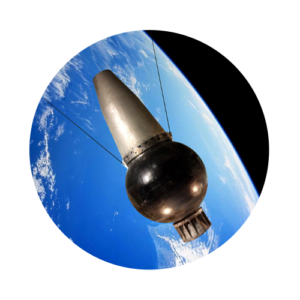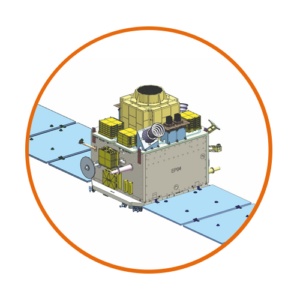The Apollo 11 mission, launched by NASA on July 16, 1969, is one of the most iconic moments in human history. It marked the culmination of the Apollo program‘s goal to land humans on the Moon and return them safely to Earth.
With Neil Armstrong and Buzz Aldrin becoming the first humans to set foot on the lunar surface, Apollo 11 represents a monumental achievement in space exploration, inspiring generations and demonstrating the remarkable capabilities of human ingenuity and determination.
Related Content:
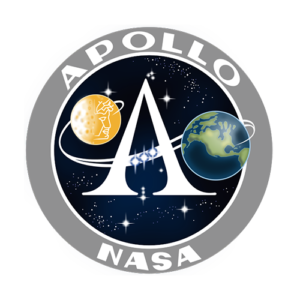
The Apollo Space Program
Explore the iconic Apollo spacecraft, which made history by landing humans on the Moon and returning them safely to Earth.

All The Apollo Missions In Order
Explore all the Apollo missions, their goals, spacecraft, and how they fared. The complete list including Apollo 11, 13, and 17.
Mission Objectives
The primary goal of the Apollo 11 mission was to achieve a crewed lunar landing and safely return the astronauts to Earth. Specific objectives included demonstrating the capability of landing humans on the Moon, conducting scientific experiments on the lunar surface, and collecting samples of lunar rocks and soil for analysis on Earth. Additionally, the mission aimed to fulfill President John F. Kennedy’s 1961 challenge to land a man on the Moon and return him safely to Earth before the end of the decade.
Launch and Deployment
Apollo 11 was launched aboard a Saturn V rocket from Kennedy Space Center in Florida on July 16, 1969. Despite minor technical issues during ascent, such as communications interference, the launch proceeded successfully, propelling the spacecraft into Earth orbit before beginning its journey to the Moon.
Achievements and Discoveries
The Apollo 11 mission achieved numerous significant milestones, including the first crewed lunar landing and the historic moment when Neil Armstrong stepped onto the lunar surface, uttering the famous words, “That’s one small step for [a] man, one giant leap for mankind.” Scientific discoveries from the mission include the collection of lunar samples, deployment of scientific instruments, and observations of the lunar landscape and environment.
Apollo 13's TImeline
July 16, 1969: Launch of Apollo 11
The Saturn V rocket carrying the Apollo 11 spacecraft, with astronauts Neil Armstrong, Buzz Aldrin, and Michael Collins onboard, is launched from Kennedy Space Center in Florida.
July 16-17, 1969: Translunar Injection
Apollo 11 enters Earth orbit after launch and performs a Translunar Injection (TLI) maneuver to begin its journey to the Moon.
July 20, 1969: Lunar Orbit Insertion
Apollo 11 enters lunar orbit after a journey of approximately three days. The spacecraft completes Lunar Orbit Insertion (LOI) to prepare for the lunar landing.
July 20, 1969: Descent to the Lunar Surface
The Lunar Module “Eagle,” carrying Neil Armstrong and Buzz Aldrin, separates from the Command Module “Columbia” and begins its descent to the lunar surfac.
July 20, 1969: First Moonwalk
Neil Armstrong becomes the first human to set foot on the lunar surface, followed by Buzz Aldrin. They spend approximately two and a half hours outside the Lunar Module, collecting samples and conducting experiments
July 21, 1969: Lunar Ascent
After spending about 21 hours on the lunar surface, Armstrong and Aldrin return to the Lunar Module and ascend back to the Command Module, leaving behind scientific instruments and a plaque commemorating the historic landing.
July 21, 1969: Return to Earth
The Command Module, with Armstrong, Aldrin, and Collins onboard, begins its journey back to Earth after completing lunar orbit operations.
July 24, 1969: Splashdown and Recovery
Apollo 11 splashes down safely in the Pacific Ocean, approximately 1,440 kilometers southwest of Hawaii. The astronauts are recovered by the USS Hornet, marking the successful completion of the mission.
Spacecraft and Instruments
Spacecraft
The Apollo 11 spacecraft consisted of three main components:
- Command Module (CM): Named “Columbia,” it housed the crew during the journey to the Moon and back to Earth.
- Service Module (SM): Attached to the Command Module, it provided propulsion, power, and life support systems.
- Lunar Module (LM): Named “Eagle,” it carried Armstrong and Aldrin to the lunar surface while Michael Collins remained in lunar orbit aboard the Command Module.
Instruments and Equipment
- Lunar Module Descent and Ascent Engines: Used for landing and ascent from the lunar surface.
- Television Camera: Mounted on the LM, it transmitted live images of the lunar landing back to Earth.
- Apollo Lunar Surface Experiments Package (ALSEP): Deployed on the lunar surface to conduct various scientific experiments, including seismic measurements, heat flow, and solar wind analysis.
- Sample Collection Tools: Used by the astronauts to collect lunar rocks, soil, and core samples for return to Earth.
More Apollo Missions

The Apollo 1 Mission
Apollo 1 was intended to be the first crewed mission of NASA’s Apollo program, aimed at landing humans on the Moon.
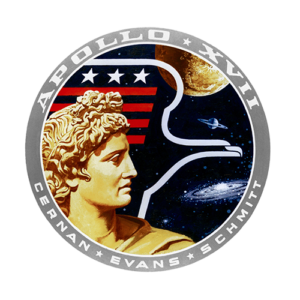
The Apollo 17 Mission
Explore the final Apollo mission, Apollo 17, which conducted groundbreaking scientific research on the Moon’s surface.
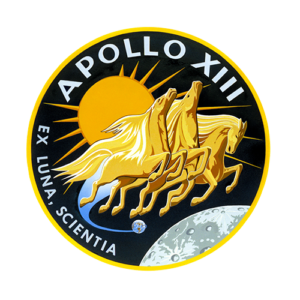
The Apollo 13 Mission
Learn about the Apollo 13 mission, intended to be the third crewed lunar landing mission in the Apollo program.

The Apollo 7 Mission
Apollo 7, the first crew mission of the Apollo program, launched on October 11, 1968, marked the successful return to crewed spaceflights.
